Un saludo a toda la comunidad, estás es mi segunda publicación aquí después de mi presentación y me gustaría compartir con ustedes un poco de información destacante sobre los colores que vemos a diario.
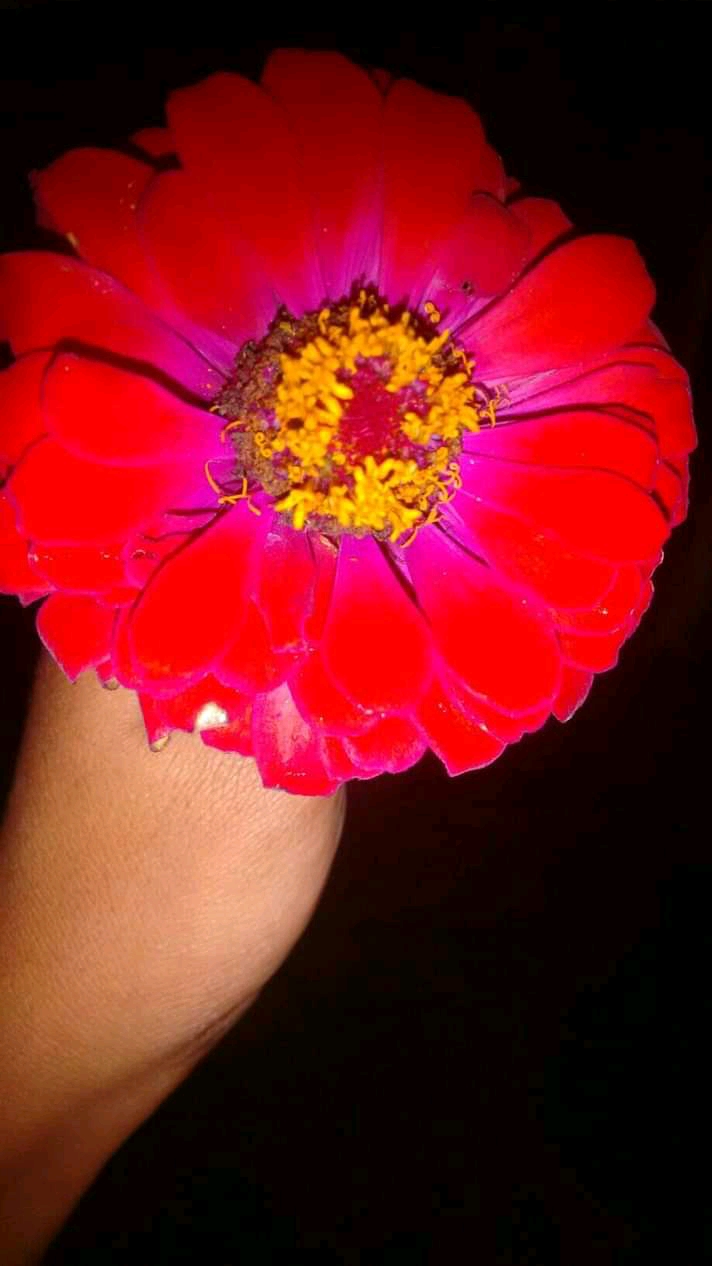
Le sorprendería saber lo complejo e interesante que es este proceso. Por lo general la luz que observamos suele ser blanca, pero esta misma puede convertirse en una gran variedad de colores y matices. Este proceso tiene que ver con la naturaleza de la luz y con su comportamiento al entrar en contacto con diferentes superficies.
Aunque la luz es siempre blanca, al propagarse lo hace por medio de ondas
que tienen la capacidad de descomponerse en siete colores: rojo, naranja, amarillo, verde, azul, añil (azul oscuro) y violeta.
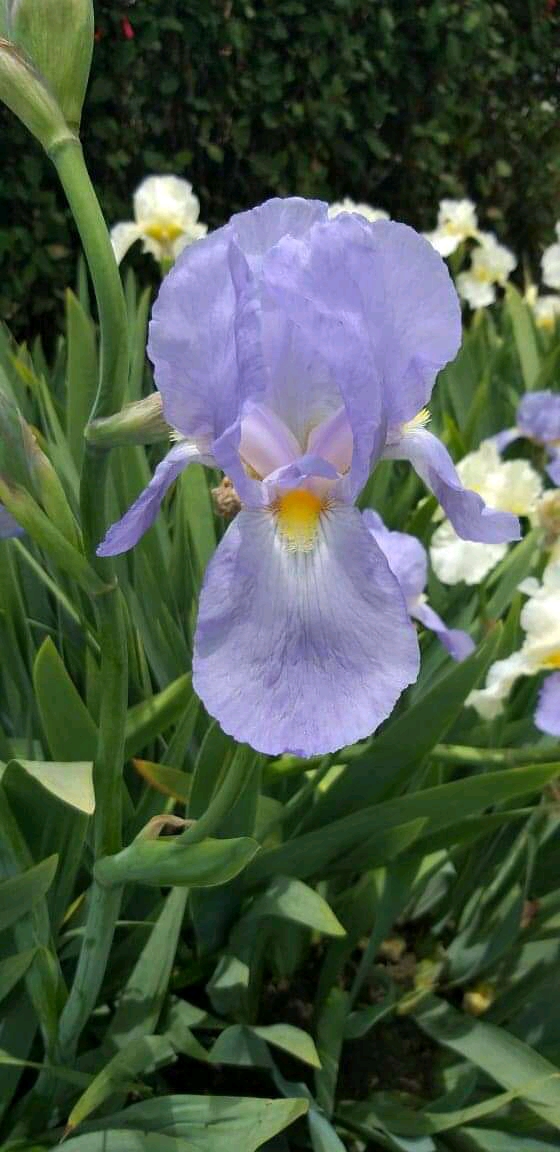
De seguro todos desde muy temprana edad escogemos un color con el cual nos gustaría vestirnos, y lucirlo de par en par frente a otros. Pero ahora pensemos en ciertas flores y en los animales, cada uno viste de colores diferentes ¿por qué razón?
Ya que la luz blanca puede volverse en uno de los siete colores ya mencionados, y depende de una longitud de onda distinta en cada caso, pensemos en el siguiente ejemplo. Los girasoles.

Estas hermosas flores al igual que muchos otros objetos, poseen sustancias químicas llamadas pigmentos, los pigmentos absorben la luz blanca y, dependiendo de la longitud de onda que posea el objeto se reflejan los colores, en el caso del girasol la frecuencia de ondas crea un hermoso color amarillo.
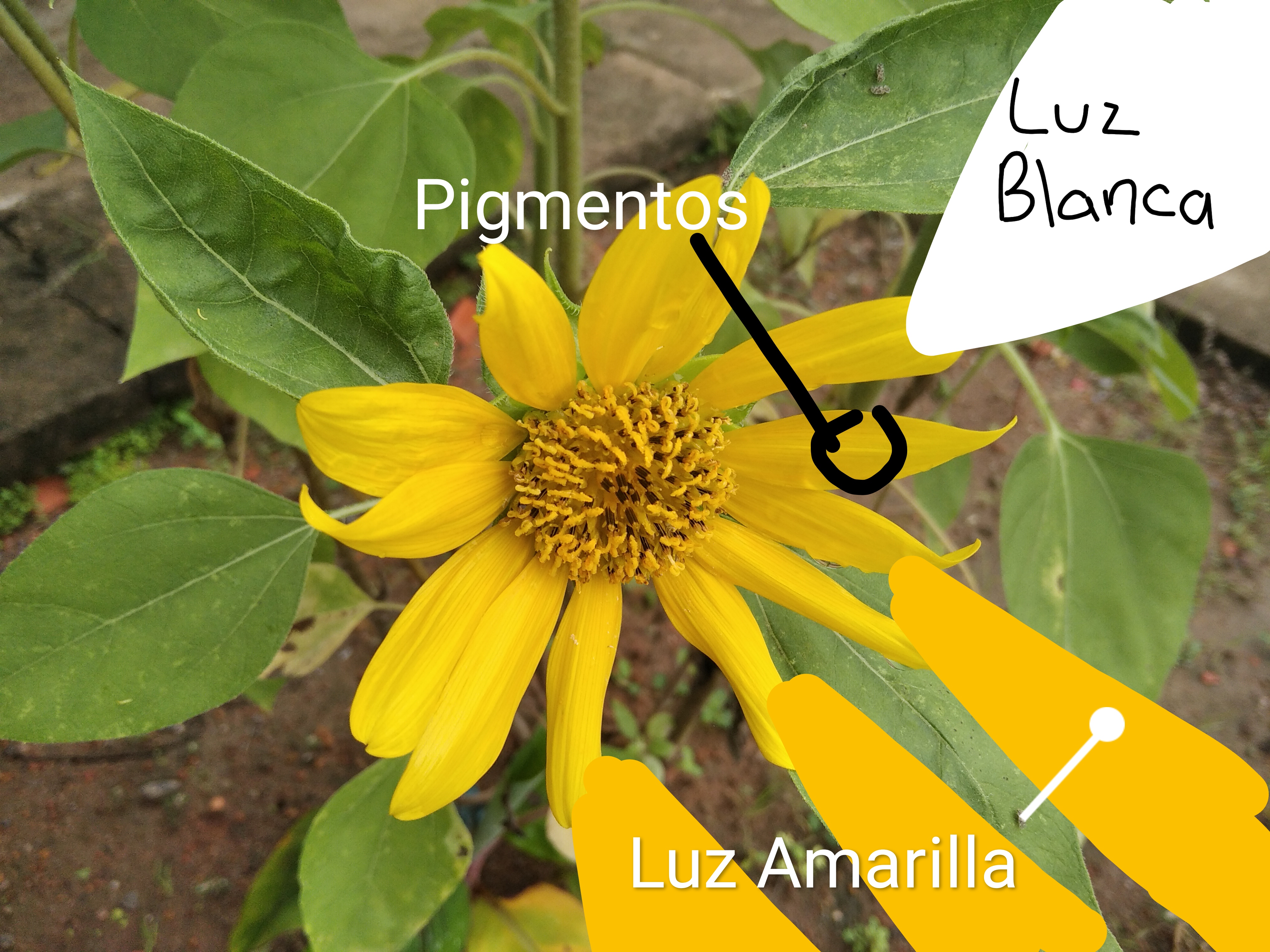
También pensemos en mirar los hermosos colores que se forman en el cielo. Durante el día observamos un azul celeste cuando encontramos un cielo despejado.
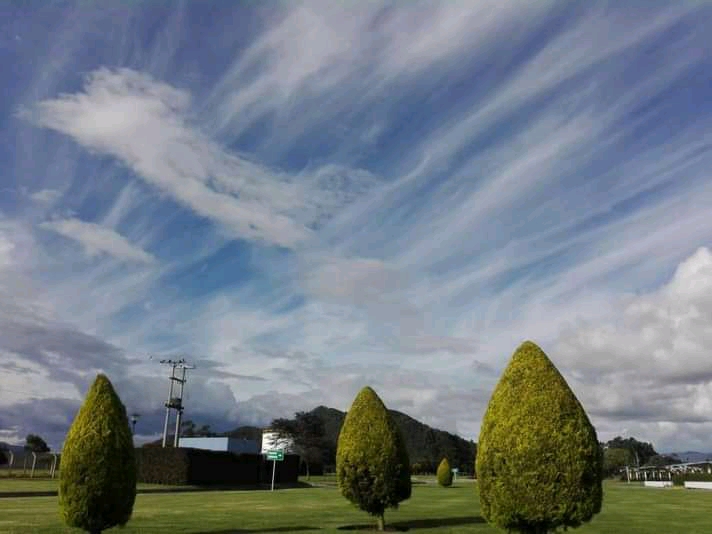
Mientras que al ver un atardecer pueden observarse colores más rojos y anaranjados ¿A qué se debe esto?
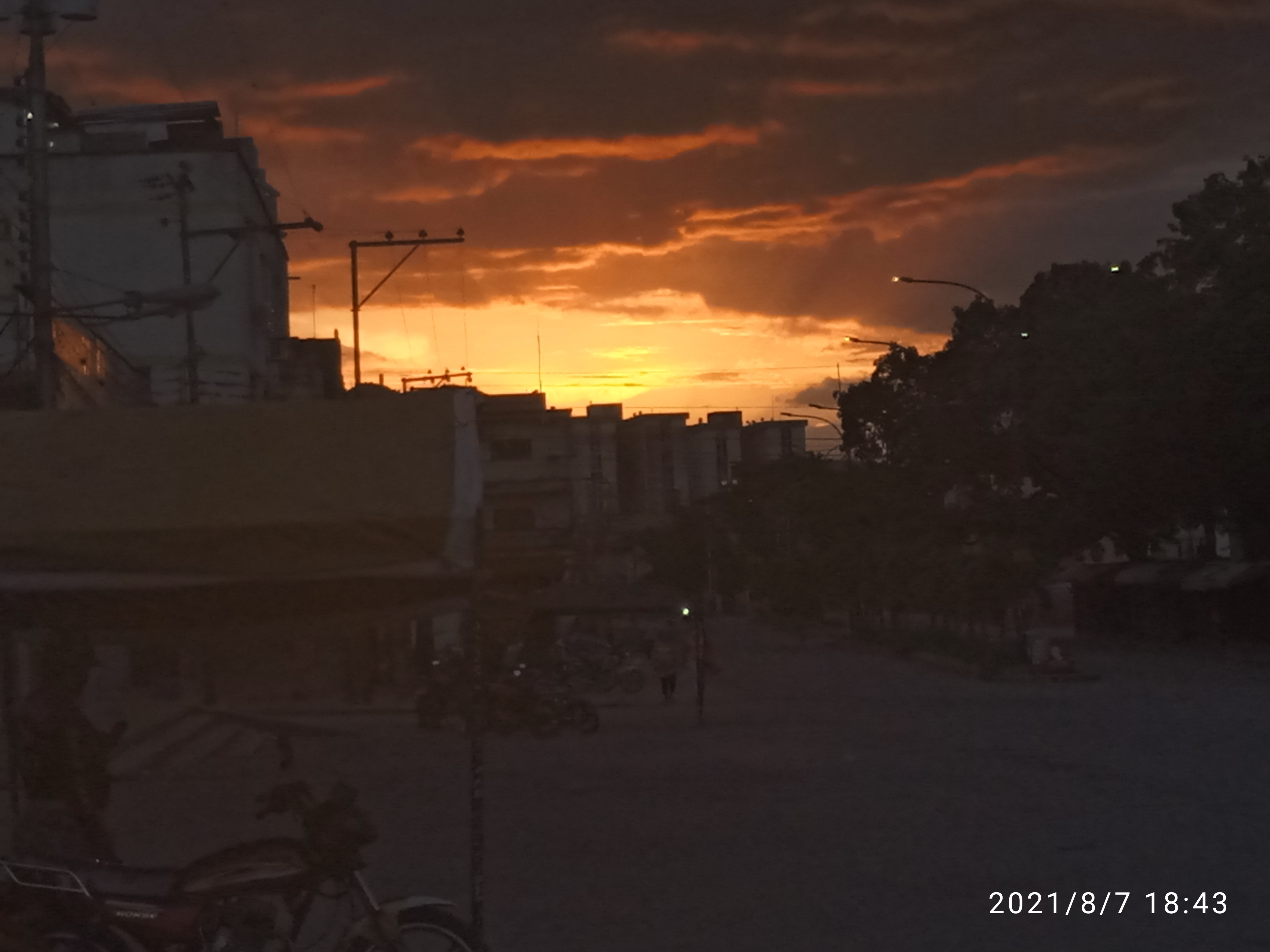
Esta imagen es de mi autoría
Cuando la luz viaja a la tierra choca con moléculas de aire y partículas de polvo, luego de eso se dispersa y dependiendo de la longitud de ondas en las que se disperse se forman los colores que vemos al amanecer, durante el día y al atardecer. Por ejemplo la longitud de ondas azules tiene una longitud de ondas mas corta que la longitud de ondas rojo anaranjado.
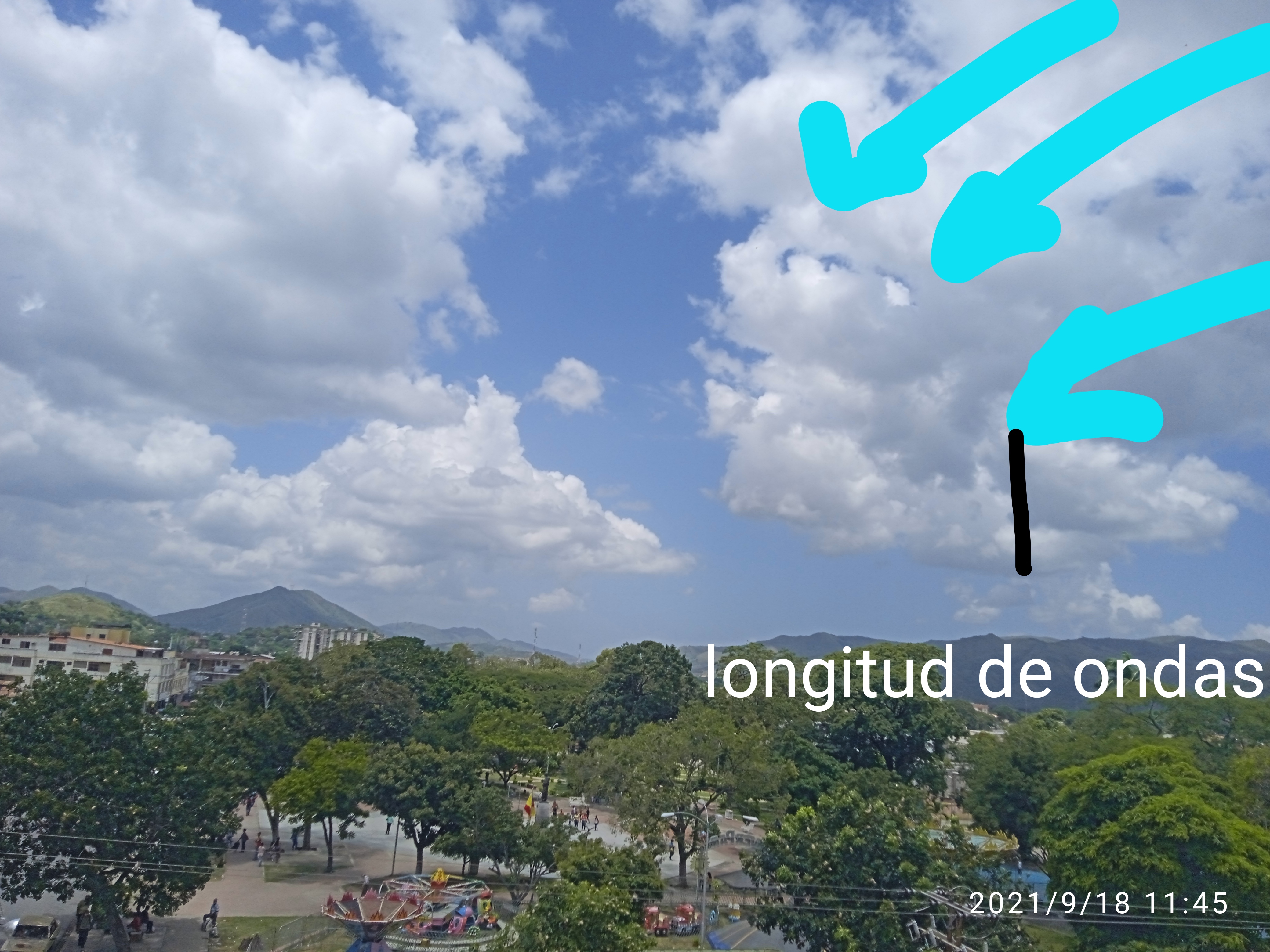
Sin duda lo maravilloso de nuestro planeta puede observarse a simple vista, con tan solo ver paisajes, animales, cosas. Tenemos un mundo completo para entrenernos y, conocer mejor nuestros paisajes nos ayudan a darle el cuidado debido.
¿Y tú? ¿Lo estás haciendo?
Cada una de las imágenes mostradas fueron tomadas desde mi dispositivo móvil
English
Greetings to the whole community, this is my second post here after my introduction and I would like to share with you some outstanding information about the colors we see every day.

You might be surprised to learn how complex and interesting this process is. The light we observe is usually white, but this same light can be converted into a great variety of colors and shades. This process has to do with the nature of light and how it behaves when it comes into contact with different surfaces.
Although light is always white, when it propagates, it does so using waves
which can decompose into seven colors: red, orange, yellow, green, blue, indigo (dark blue), and violet.

Surely all of us from a very early age choose a color with which we would like to dress and show it off in front of others. But now let's think about certain flowers and animals, each one wears different colors, why?
Since white light can turn into one of the seven colors already mentioned and depends on a different wavelength in each case, let's think about the following example. Sunflowers.

These beautiful flowers like many other objects, have chemicals called pigments, pigments absorb white light and, depending on the wavelength that the object has the colors are reflected, in the case of the sunflower wave frequency creates a beautiful yellow color.

Let's also think about looking at the beautiful colors that form in the sky. During the day we observe a celestial blue when we find a clear sky.

While when watching a sunset, more red and orange colors can be observed. Why is this?

This image is of my authorship.
When light travels to the earth it collides with air molecules and dust particles, after that it scatters, and depending on the wavelength in which it scatters the colors we see at sunrise, during the day, and at sunset are formed. For example, the blue wavelength has a shorter wavelength than the red-orange wavelength.

Undoubtedly the wonders of our planet can be seen with the naked eye, just by looking at landscapes, animals, things. We have a whole world to entertain us and, knowing more about our landscapes helps us to take care of them.
What about you? Are you doing it?
Each of the images shown was taken from my mobile device
Congratulations @moica! You have completed the following achievement on the Hive blockchain and have been rewarded with new badge(s) :
Your next target is to reach 200 upvotes.
You can view your badges on your board and compare yourself to others in the Ranking
If you no longer want to receive notifications, reply to this comment with the word
STOPCheck out the last post from @hivebuzz: